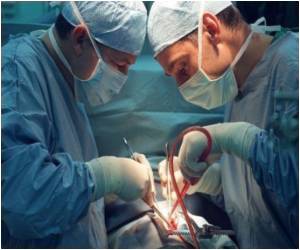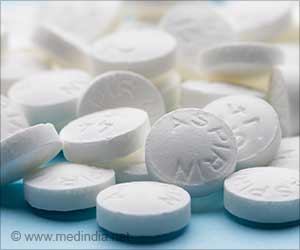People who suffer from serious heart disease could benefit similarly from balloon angioplasty as from major open heart surgery, said a study released by South Korean researchers on Monday.

But the results of the randomized clinical trial of 600 patients who received either angioplasty or bypass surgery showed similar survival rates and about the same number of major adverse events like heart attack and stroke after one year.
Doctors have long debated which method is best for treating the narrowing of the arteries that is the major cause of heart attacks. Angioplasty is less invasive but can require more repeat procedures if the artery restricts again over time.
"In spite of higher revascularization after angioplasty, it can be a potential alternative if the two treatments have a similar risk of hard endpoints, such as heart attack, death or stroke," said Seung-Jung Park, lead study author.
"At the time this study was initiated, there was great enthusiasm about the outcomes of angioplasty, and as a result, off-label use rapidly spread without enough evidence. Therefore, initiation of a randomized study was urgent."
The PRECOMBAT trial's findings were presented at the American College of Cardiology conference in New Orleans. The study is also being simultaneously published in the New England Journal of Medicine.
Advertisement
Death, heart attack and stroke rates were similar among the two groups.
"The incidences of death, heart attack and stroke -- which are indicators of safety and have a significant impact on mortality -- were comparable," said Park.
"Although angioplasty did have a higher risk of TVR, this efficacy endpoint does not have a direct association with mortality and thus has a less significant implication than the safety outcomes," he added.
"Therefore we can conclude that angioplasty can be a feasible alternative to CABG (coronary artery bypass)."
Source-AFP















